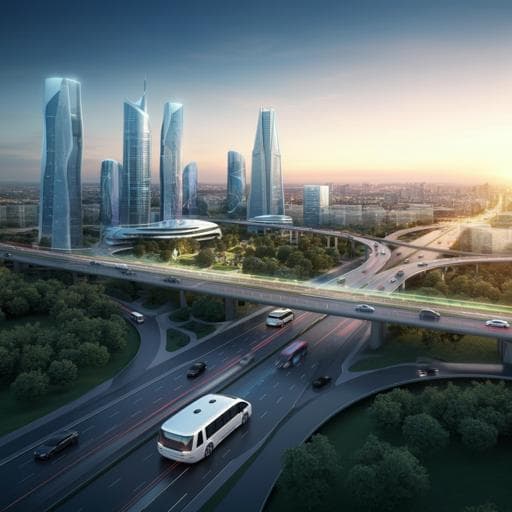
Transportation
AV futures or futures with AVs? Bridging sociotechnical imaginaries and a multi-level perspective of autonomous vehicle visualisations in praxis
R. Martin
Explore the intricate world of autonomous vehicle futures as Robert Martin from Aalborg University delves into how visual depictions shape sociotechnical imaginaries. This research highlights the influence of automobile manufacturers on public perception and urges policymakers to engage critically with AV visualizations.
~3 min • Beginner • English
Related Publications
Explore these studies to deepen your understanding of the subject.







